$4.95 / mo
The 12 most common problems in 3D printing and how to fix them
Here is the solution to your 3D printing problems
When I have started with 3D printing I expected those perfect prints seen on Instagram slipping off from the plate so smoothly as they would be buttered. I can tell you it didn’t turn out so well at first. But I can also tell you what helped me to fix the issues. In this post, I will share how to fix the 12 most common problems you can face in 3D printing.
1. “Spider nets”, messy surfaces

The surfaces are messy on the areas overhanging the plate or have printing errors or rough patches.
What’s wrong and what to do?
Lack of support: If no support is included in the slicing then overhangs might not be printed as they are supposed to. Add support and retry.
What is support? Support is short for “support structures”. These structures are thin strings of filament that your printer places to ensure that all your models’ layers are held at the right place doing the printing.
Here is a deeper explanation: Your 3D printer prints one layer on top of another layer, starting from the bottom layer. Imagine that you are printing a classic medieval bridge, then your printer will start with the four pillars, and end at the middle of the bridge. In this example, the middle of the bridge is the 10th layer, and because there are no layers below it, it will be printed into thin air. To enable you to print a bridge, you will need to enable support, so the supporting structures can hold the middle of the bridge while printing.
In REALvision Online you can enable the support with one click if the print needs it.
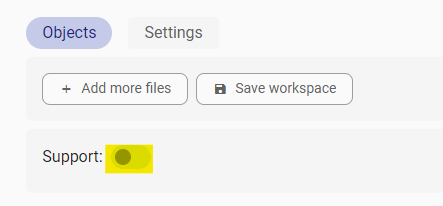
2. Separated layers
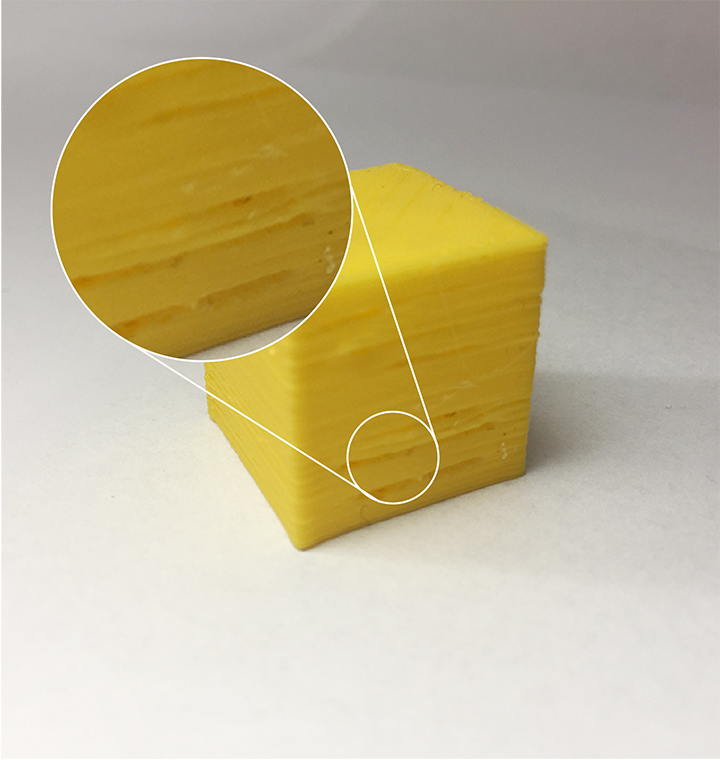
The layers will be separated or split resulting in a print that will be weak or break.
What’s wrong and what to do?
Too low temperature: The head temperature is too low, and should be increased.
Filament entangled: The filament can sometimes get entangled, and the printer cannot extrude the filament. If this happens, try to disentangle the filament.
Temperature changes: If the temperature is changing the extrusion can sometimes become inconsistent, or even stop completely. You should contact your reseller, and follow the instructions provided.
In REALvision Online you can easily change the print temperature in the Settings menu as you see below.
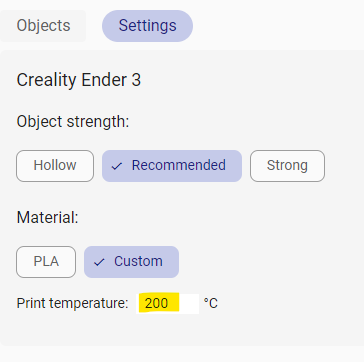
3. Inconsistent extrusion
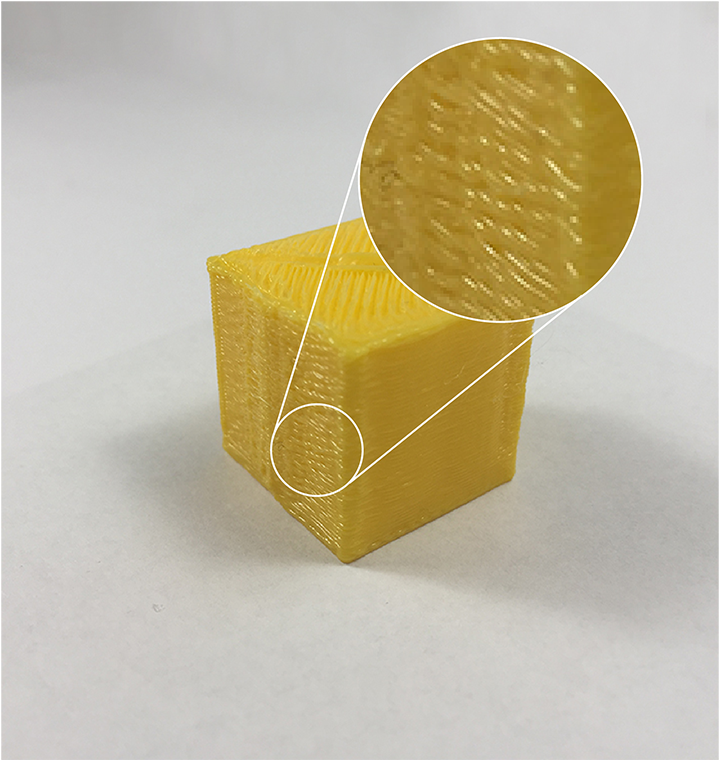
The print head is only extruding sometimes or is extruding different amounts of filament.
What’s wrong and what to do?
Clogged print head: Sometimes little pieces of filament or particles can get stuck within the nozzle on the print head. When this happens the printer cannot extrude any filament, or will only extrude filament irregularly. To solve this problem, you need to unclog the printer. Doing a filament change at a higher temperature than normal can often be enough to unclog the printhead. However, if this fails, the printhead might have to be dismantled. For further instructions, contact your reseller.
Temperature changes: If the temperature is changing the extrusion can sometimes become inconsistent, or even stop completely. You should contact your reseller, and follow the instructions provided.
Filament entangled: The filament can sometimes get entangled, resulting in the printer not being able to extrude the filament. If this happens, try to disentangle the filament.
4. Beginning mid-air
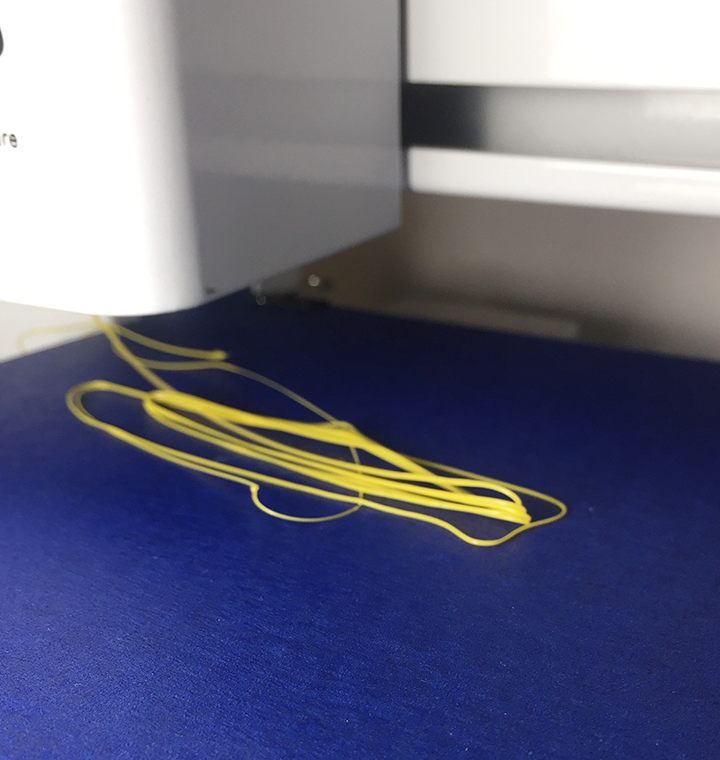
The print bed crashes into the print head at the start of the print resulting in a loud noise, and the print bed falls a bit down.
What’s wrong and what to do?
Printbed too close to printhead: The printbed is too close to the printhead causing it to crash into it. This will usually cause the printbed to lower a few centimeters, and thus the material will be extruded into the air instead of onto the build plate. Go through the bed calibration guide in the settings menu on the printer.
5. Edges lifting off from the plate

The object lifts from the print bed. This happens mostly with objects with a big surface area in the first layers.
What’s wrong and what to do?
Underheated Bed: The bed is not heated, or has a too low temperature. Try increasing the temperature and reprint.
Unlevel Bed: Try recalibrating the bed so it is completely level. Go through the bed calibration guide in the settings menu on the printer.
Lack of brim: Adding brim to the object through the printing settings can sometimes solve the issue. REALvision Online automatically adds a brim if needed so you don’t need to worry about this.
What is a brim? A brim is similar to the brim of a hat. It’s a special type of skirt that is attached to the edges of your model. It’s printed with an increased number of outlines to create a large ring around the model.
6. Print doesn’t stick on the plate

The print separates from the print bed and moves around during printing. After some printing time, a ball of material can form around the nozzle.
What’s wrong and what to do?
Unleveled printbed:
The printbed is not in level or is not close enough to the printhead. When a printer is transported the bed can sometimes become unlevel. To solve this, go through the bed leveling procedure on the printer in the settings menu on the printer. Note that you can both choose a full calibration, and an adjustment depending on your needs.
Underheated printed:
The bed is not heated, or has a too low temperature. Try increasing the temperature and reprint.
Object is too thin at the bottom:
If an object is very thin on the bottom, it can sometimes have difficulty sticking to the printbed no matter how well calibrated it is.
7. Print doesn’t start
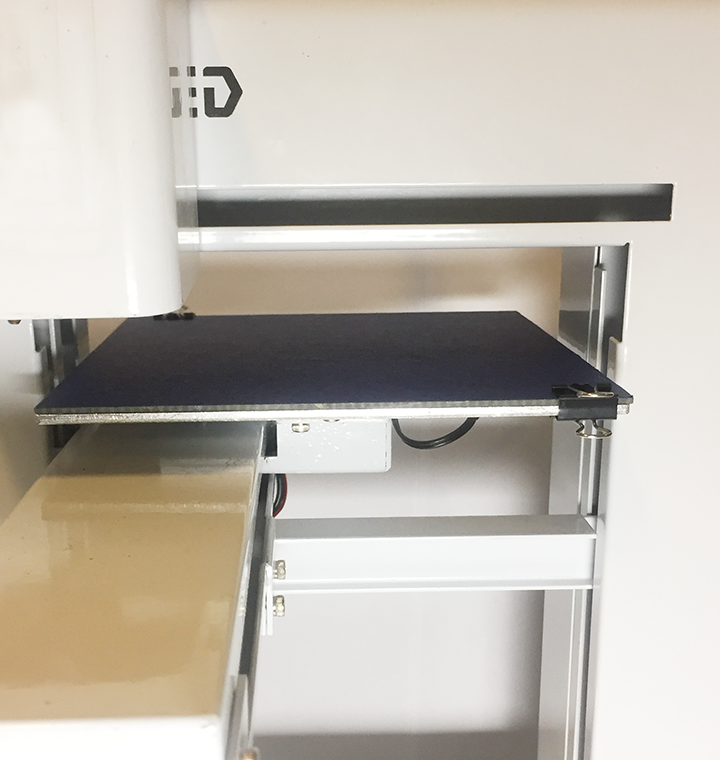
When trying to start a print the printer will try to heat up the bed or the printhead, but will not reach the target temperature.
What’s wrong and what to do?
Disable the heated print bed: Note that this a short term solution when it is the bed that cannot reach the target temperature. Your printer should be brought in for maintenance if heating problems persist.
8. No filament coming out

The printer does not extrude any filament when printing.
What’s wrong and what to do?
Clogged print head:
Sometimes little pieces of filament or particles can get stuck within the nozzle on the print head. When this happens the printer cannot extrude any filament, or will only extrude filament irregularly. To solve this problem, you need to unclog the printer. Doing a filament change at a higher temperature than normal can often be enough to unclog the printhead. However, if this fails, the printhead might have to be dismantled. For further instructions, contact your reseller.
Printer out of filament:
If the printer has run out of filament on the spool it cannot continue printing. Change the filament and restart the print.
Filament entangled:
The filament can sometimes get entangled, resulting in the printer not being able to extrude the filament. If this happens, try to disentangle the filament.
9. Melted points on the print
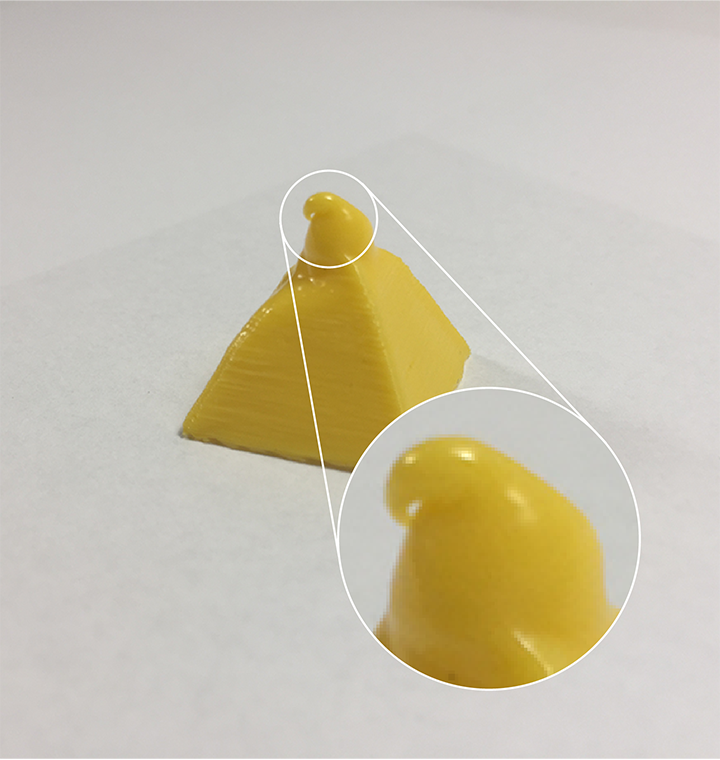
The object is melted after the placing of the filament. This happens mostly with objects that have pointy ends.
What’s wrong and what to do?
Too high temperature: Lower the temperature, and reprint.
Insufficient cooling: Check that the fan turns on after the first couple of layers, and make sure that it is pointed directly at the print.
Minimum time per layer too low: Go to settings -> advanced and find “Min time per layer”. Increase this number.
10. Printing in the air
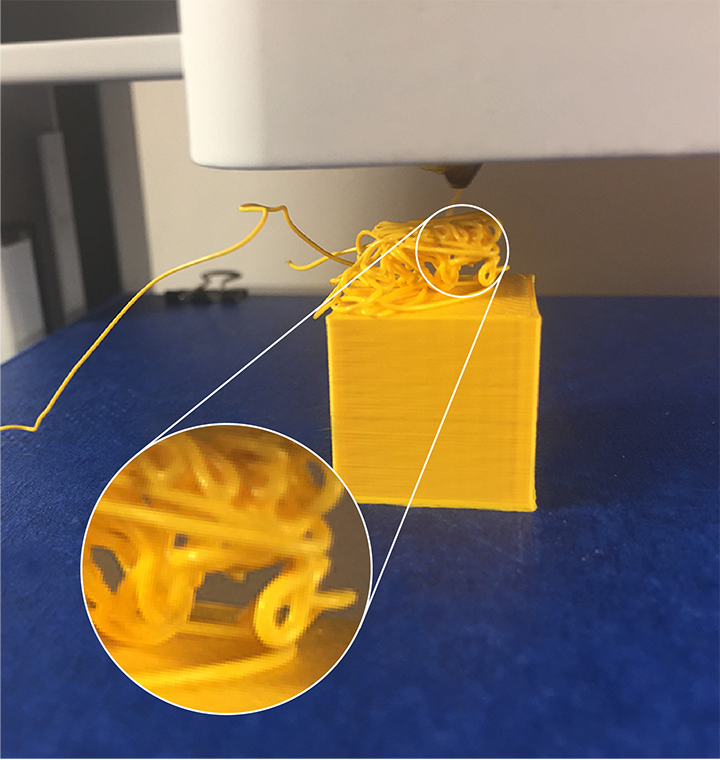
The printer suddenly prints in mid-air in a part of the build plate where there is no material beneath the printhead.
What’s wrong and what to do?
Lack of support: If no support is included in the slicing then overhangs might not be printed as they are supposed to. Add support and retry.
Parts of the model are “floating”: If the printed object is designed in such a way that some parts of the model float over others, then there is no support for printing it. Sometimes support can be used to achieve a good result, but in other cases, the object will have to be redesigned.
11. Shift in layers
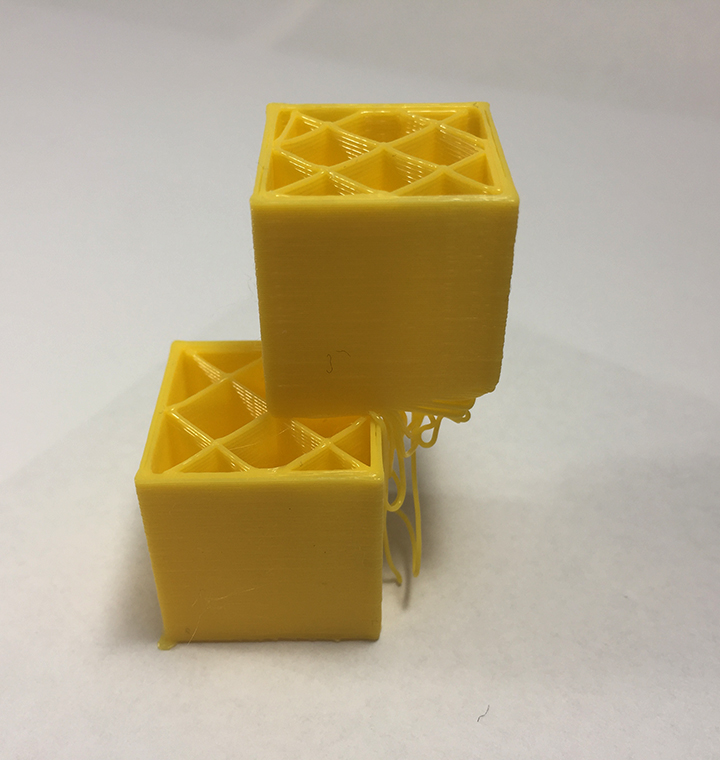
The object is shifted along one or more axes.
What’s wrong and what to do?
Slicing error: The object was not sliced properly in REALvision Online. Try reslicing or repairing the object.
Obstructed print head: The movement of the printer was obstructed during printing which resulted in a shift along this axis. Try to move the bed and the head manually. If any obstructions are found, try to remove them. If this is not possible, contact your reseller.
Printhead obstructed by curled-up plastic: Sometimes this problem is also caused by curled-up plastic that gets in the way of the printhead. The plastic can curl up when the cooling is not sufficient, and when the print speed is too high.
Filament entangled: The filament can sometimes get entangled, resulting in the printer not being able to extrude the filament. If this happens, try to disentangle the filament.
12. Stringing
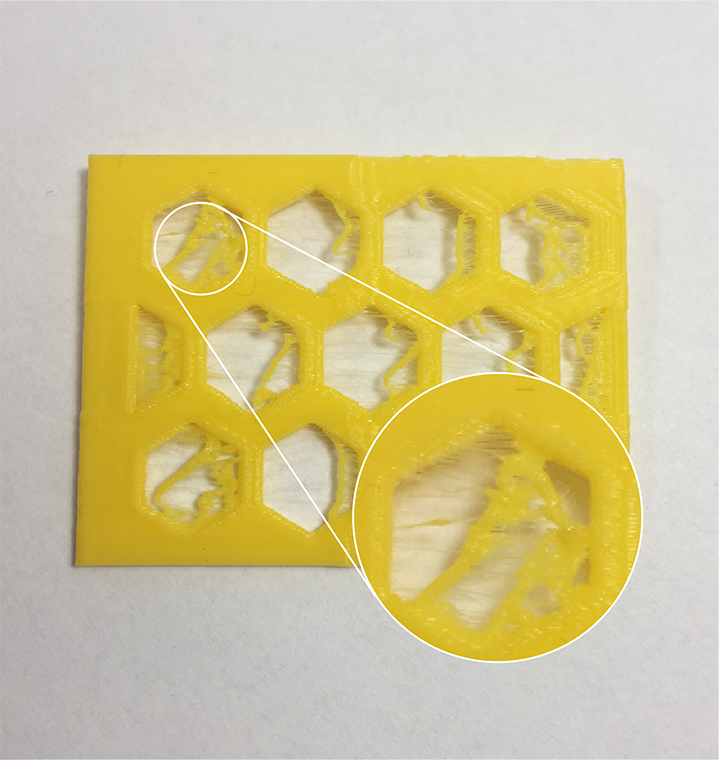
The object will have strings on it. This happens mostly when the head has to move without printing.
What’s wrong and what to do?
Retraction issues: Try to adjust the retraction, and reprint.
Retraction is a feature meant to eliminate stringing by pulling back (retracting) filament when the printhead moves to a new location. The filament is pushed out during the normal motions of a print, it’s sucked back during retraction.
Too high temperature: Lower the temperature and reprint.
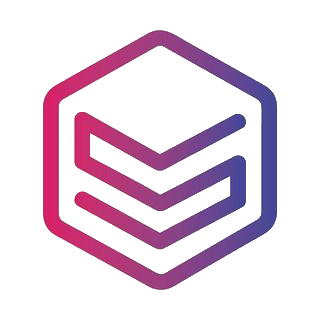
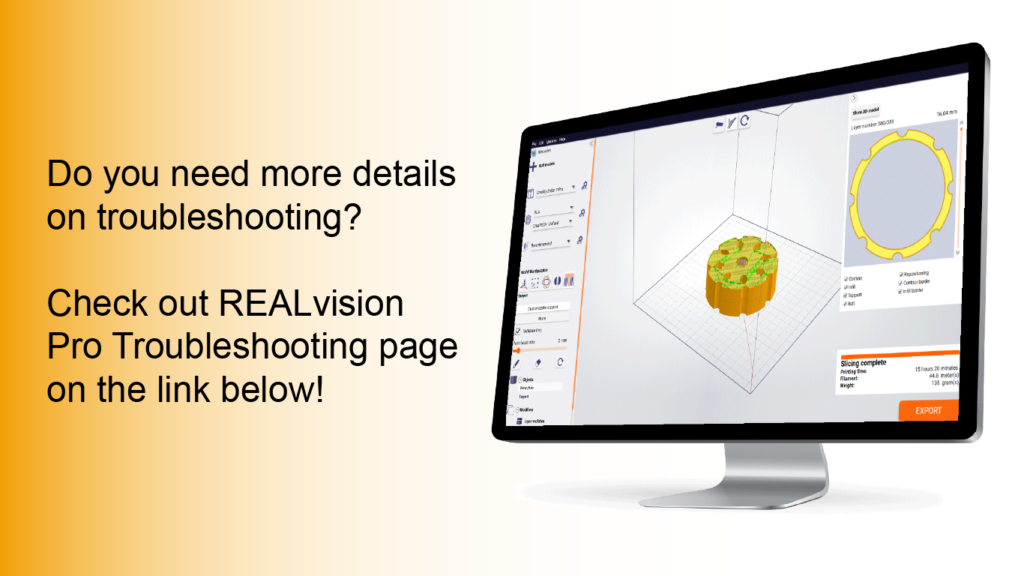
Good to know – General terms related to 3d printing
| 3D printers If you have bought a cheap desktop 3D printer like an FDM printer from Creality but you are not satisfied with the quality of the Creality slicer, then you are not the only one. Historically those printers were sold as kits for 3D printer enthusiasts developing 3D printers themselves such as the reprap project. Today most 3D printer enthusiasts just want to spend time on printing and not on fixing the 3D printer. This is why slicing and the slicing software are a big part of the success of 3D printing. |
| Filament In Fused Filament Deposition technology, also known as Fused Filament Fabrication, the spool of filament is the material used to build the 3D part by melting the plastic out of the nozzle of the 3D printer. The printer extrudes the filament line by line, layer by layer, by increasing the z axis, and will build the 3D printed part. |
| STL files STL files are three-dimensional geometries CAD files based on a list of triangles defining the wireframe or the outside shell of the 3D object geometry. There are two types of STL files: they can be ASCII or Binary. The binary STL file-format is more size optimized (takes less byte size) while the Ascii STL file-format is human readable (can be opened in a text-editor) and defines the tessellation (list of triangles creating the 3D polygon). To define a triangle the STL file format is a list of triangles made from 3 vertex or 3D vectors. Of course, there are a lot of triangles and they are fairly small so those triangles next to each other define the meshes of your STL 3D print file. |
| CAD / 3D CAD softwares CAD stands for Computer Aided Design, it is the software part of CAD-CAM solution where you create your 3D designs or more precisely create your 3D models (actual 3D geometries). You can use beginner CAD software like Tinkercad, Google Sketchup, or more advanced CAD software like Autodesk Inventor, using Solidworks, 3DS, Autocad, or even parametric CAD design software like Openscad (script-based CAD software). All CAD software can export a CAD file under different file formats, but without a doubt, the most popular one is the STL file format. |
| GCODE files Gcode files are the files used for 3D printing. There are two types of Gcode files they can be ASCII or Binary, the Ascii files have a bigger file size and are human readable, while binary files are not human readable. You can easily preview an Ascii Gcode instruction by opening it in a text editor. The file extension or file format is .gcode and is generated from a CAM software usually named a slicer. |
| CAM / Slicer 3D printing software A CAM software in 3D printing is most commonly called a slicer. Slicers are used to create Gcode files. For beginner and intermediate users, you can use online slicers like the online slicer REALvision online; or for expert users, you can use slicers like REALvision Pro, Cura, Ultimaker Cura, Simplify 3D, Creality slicer or Slic3r. A slicer lets you manipulate the STL and then takes a planar cut or cross-section cut of your STL 3D design and automatically generates the movement instruction of your 3D printer (the toolpath) as well as all the repositioning and print strategy of the 3D printer. The filename generated from the slicer or CAM is called a GCODE file and the file-format is a .gcode. You can usually simulate the 3D print result by looking at a slicer 3D viewer. |
| A CAD-CAM solution which is a combination of creating a 3D design, preparing the manufacturing of the part and ultimately automatically manufacturing the party using an FDM 3D printer or a 3D printing service (like Shapeways, 3Dwarehouse |
| 3D printing Services To print 3D files you can use printing 3D files services such as Shapeways or Materialise. You can upload your STL files and they will ship your 3d prints to your home for a fee. |
| Marketplace If you are not confident in designing your STL 3D files yourself you can download a lot of STL files for free on websites like Thingiverse or Cult 3D where there are thousands of free STL files to choose from. |
